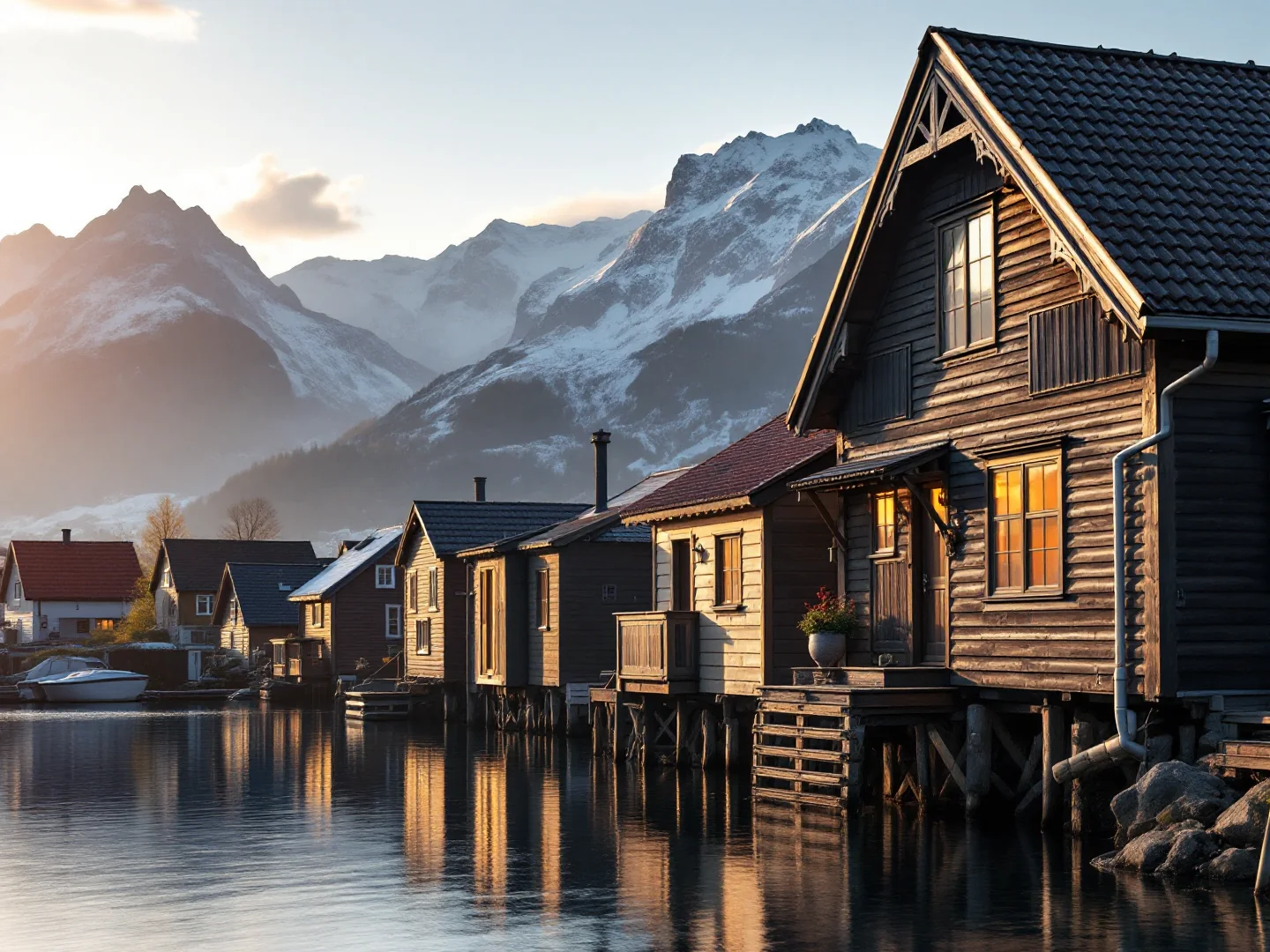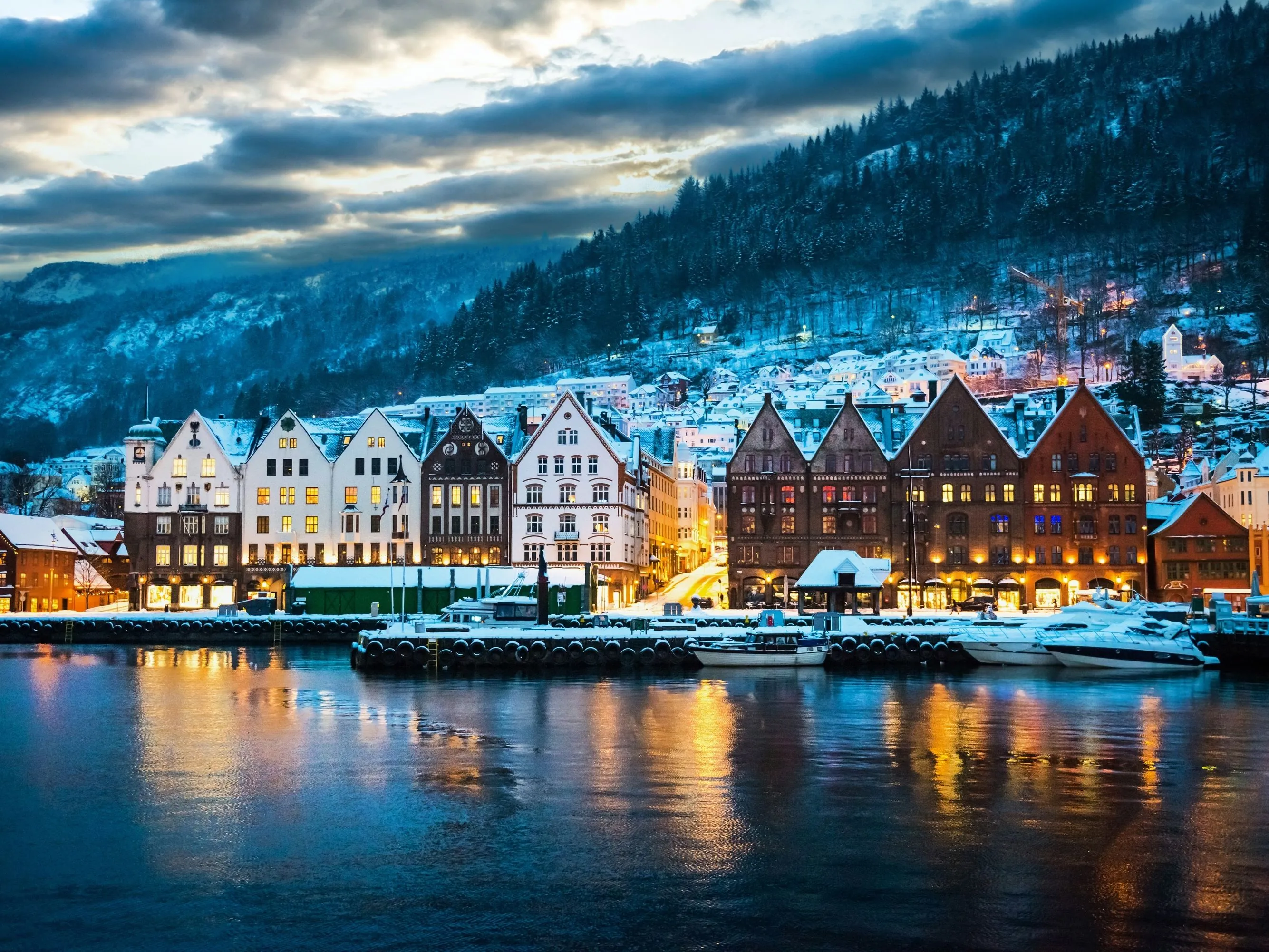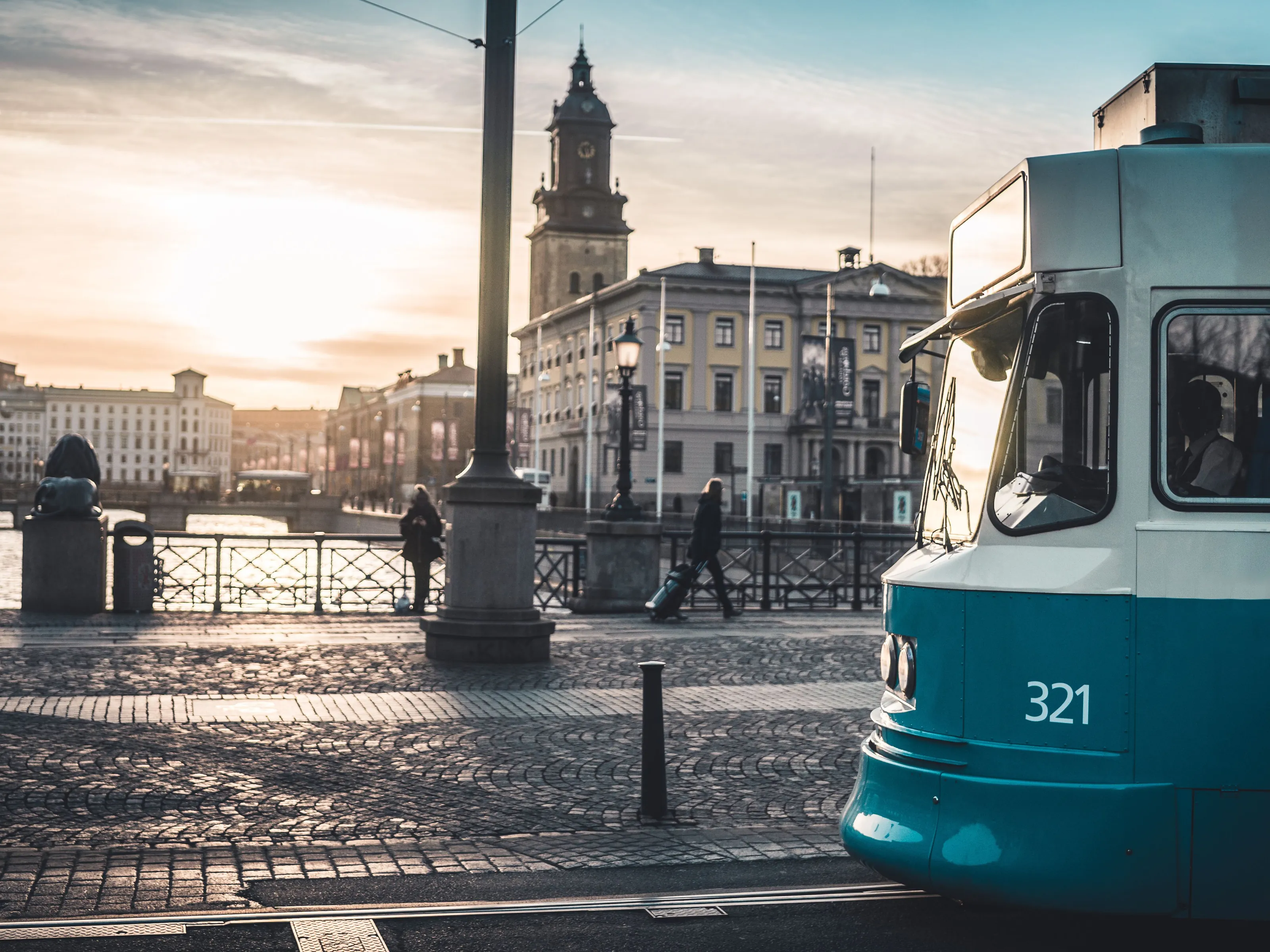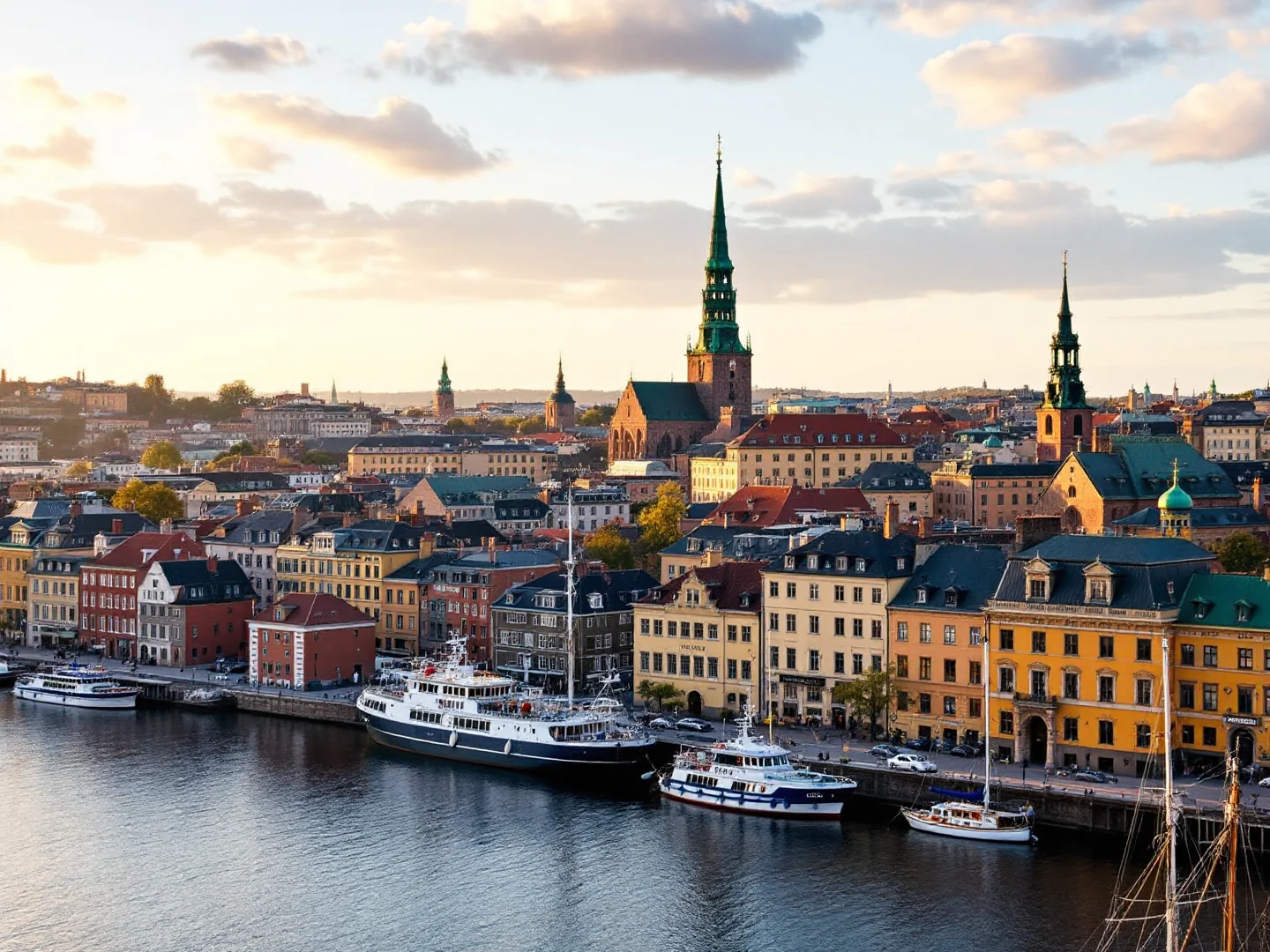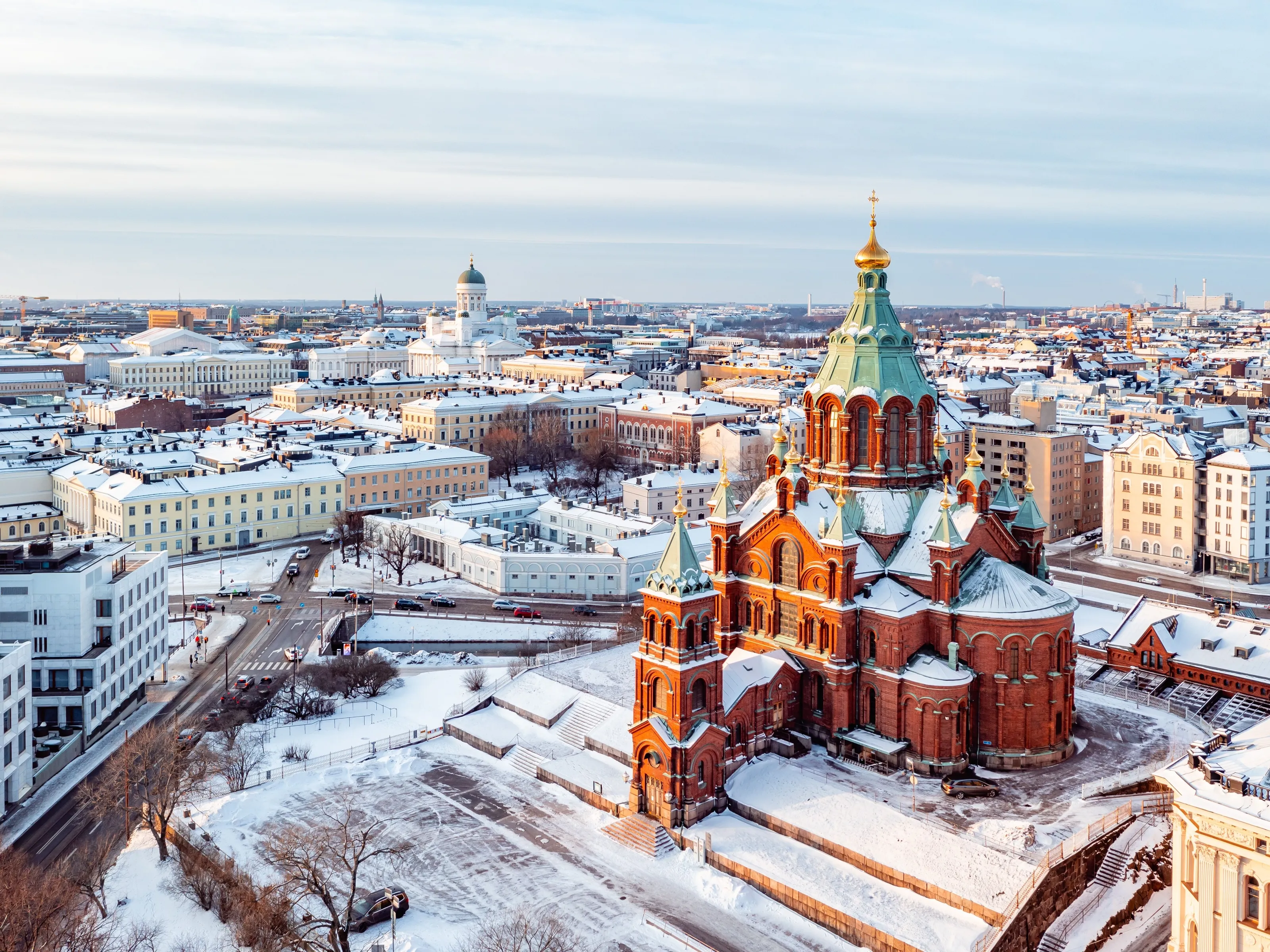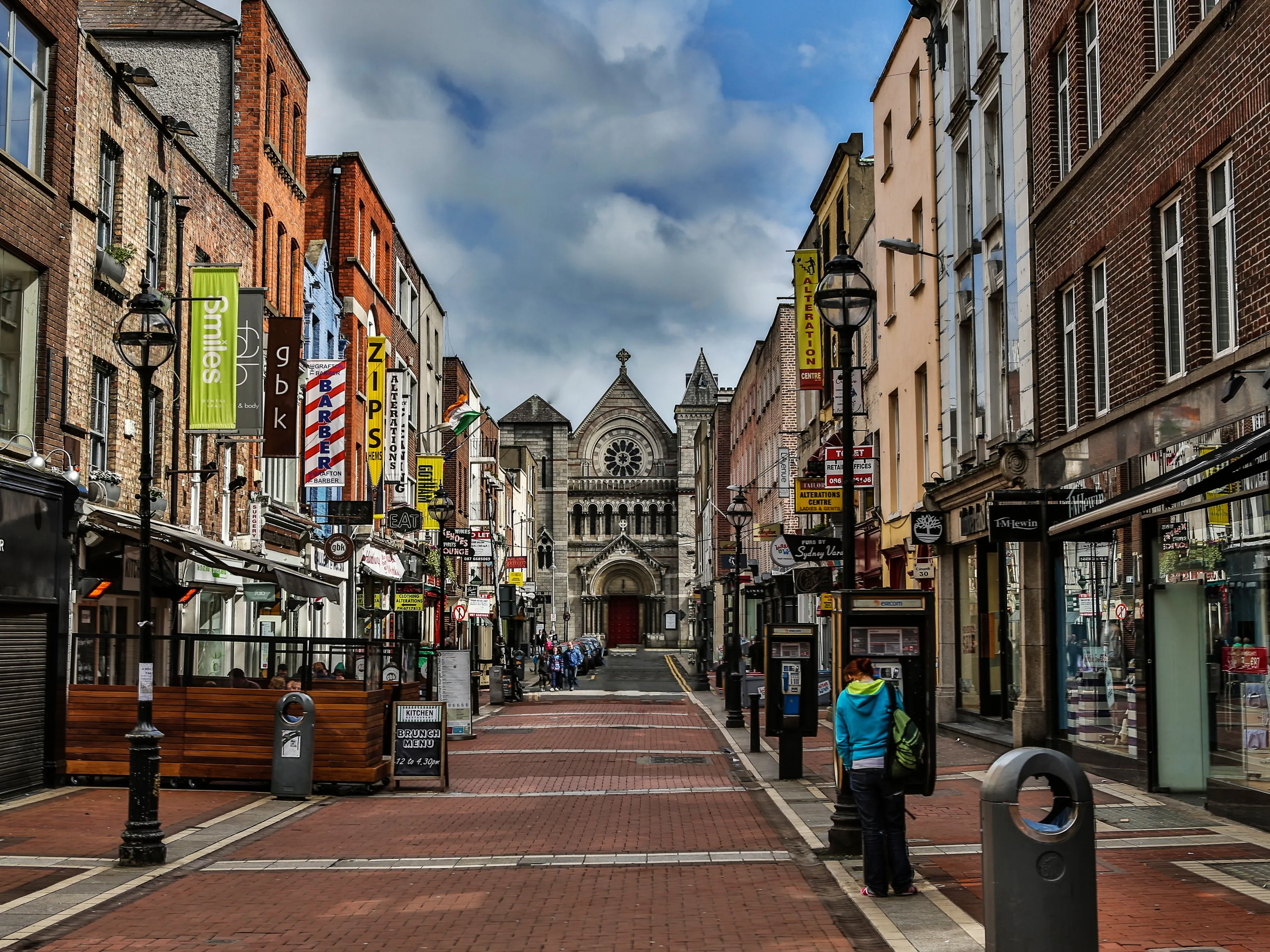Why Visit Reykjavík?
Reykjavík serves as the world's northernmost capital and gateway to Iceland's otherworldly volcanic landscapes, where geothermal energy heats homes, northern lights dance across winter skies, and the midnight sun never sets in summer. This compact city of colorful corrugated-iron houses punches above its 130,000 population with a vibrant creative scene, innovative Nordic cuisine, and legendary weekend nightlife fueled by long dark winters. Hallgrímskirkja Church's modernist spire resembles basalt columns, offering panoramic views of the Atlantic, mountains, and surrounding lava fields.
The harbor area mixes old fishing boats with trendy restaurants serving fermented shark (hákarl) alongside contemporary Icelandic dishes featuring lamb, cod, and foraged herbs. Yet Reykjavík's true purpose is as basecamp for Iceland's natural wonders—the Golden Circle day trip combines Þingvellir National Park's continental rift where tectonic plates visibly separate, Geysir's erupting hot springs shooting water 30 meters high, and Gullfoss waterfall's double cascade thundering into a canyon. The Blue Lagoon's milky-blue geothermal spa offers volcanic mud masks and in-water bars just 20 minutes from the airport.
Winter (September-March) brings northern lights hunting tours and ice cave explorations, while summer's midnight sun enables endless hiking, whale watching from the harbor, and drives along dramatic coastlines. Day trips reach black sand beaches at Reynisfjara, Jökulsárlón glacier lagoon with floating icebergs, and Snæfellsnes Peninsula's volcanic craters. With clean air, safe streets, English fluency, and landscapes that feel like another planet, Reykjavík delivers Arctic adventures and Scandinavian cool.
What to Do
Reykjavík City
Hallgrímskirkja Church
Iceland's most iconic building—a modernist church designed to echo basalt columns. Entry to the church is free (donations welcome), but the 74.5m tower requires a ticket—currently around ISK 1,400 for adults and ISK 200 for children. The tower offers panoramic views over colourful rooftops, mountains and sea. Go near sunset for golden light. The tower closes a little earlier than the church, so always check the day's hours. If you can, time your visit for an organ concert—often free or for a small fee.
Harpa Concert Hall
Glass-and-steel concert hall on the harbour, with a crystalline façade that shifts colour with the sky. Public foyers are free to wander and make great photo spots in bad weather. Guided architecture tours (typically about 45–60 minutes) cost roughly ISK 4,900 for adults, with discounts for students and seniors, and take you into areas not normally open to visitors. The café and bar overlook the harbour. Visit late afternoon or evening to see the building reflect sunset and city lights, then continue along the waterfront.
Old Harbour & Whale Watching
The old harbour area is now full of seafood restaurants, museums and whale-watching operators. Standard whale-watching trips from Reykjavík last around 3 hours and generally cost in the region of ISK 13,000–18,000 (~$92–$130) per adult, with warm overalls included. Summer has calmer seas and more frequent minke and humpback sightings; winter trips can be rougher but sometimes see orcas. Book ahead, dress very warmly and don't expect guaranteed sightings. The harbour also hosts attractions like FlyOver Iceland, a good rainy-day option.
Geothermal & Nature
Blue Lagoon
Iceland's most famous geothermal spa—milky-blue water, silica mud masks and a dramatic lava-field setting. Pre-booking is essential. Comfort admission starts from around ISK 9,990-11,490 (~$70–$86) depending on date and time, including entrance, a silica mask, towel and one drink; Premium packages cost more. It's about 40–50 minutes from Reykjavík and 15–20 minutes from Keflavík Airport, making it ideal on arrival or departure day. Expect it to be expensive and busy, but also genuinely relaxing. Sky Lagoon, closer to Reykjavík, is a newer ocean-view spa with slightly lower prices and a different vibe.
Golden Circle
Classic full-day loop (about 300 km) linking three major sights: Þingvellir National Park (tectonic rift and historic parliament), the geysers at Haukadalur (Strokkur erupts every 5–10 minutes) and Gullfoss waterfall. All three are free to view, though parking may be paid. Self-drive gives maximum flexibility; guided bus or minibus tours from Reykjavík usually cost the equivalent of about USD 80–100 (roughly ISK 12,000–18,000 per adult) depending on group size and add-ons. Winter driving can be icy and dark; spring and autumn often give good conditions with fewer crowds.
Northern Lights (September–March)
Seeing the aurora is never guaranteed—you need clear skies, darkness and solar activity. The main season around Reykjavík is September to March, with many operators offering nightly 'Northern Lights hunts' for roughly ISK 10,000–15,000 per person. Most tours include a free re-try if no lights appear. Self-driving is cheaper, but you must be comfortable on dark rural roads and know how to check cloud and aurora forecasts. On strong nights the lights are visible even from Reykjavík, but you'll always get a better show away from city glow. Patience and warm layers are mandatory.
Day Trips & Adventures
South Coast Waterfalls
A full-day trip along Route 1 east of Reykjavík to see Seljalandsfoss (you can walk behind the falls), Skógafoss (60m curtain waterfall) and the black-sand beach at Reynisfjara with its basalt columns and dangerous sneaker waves. Small-group tours typically cost about ISK 18,000–22,000 per adult and last 10–11 hours. Self-drive is straightforward in summer, but winter brings ice, wind and very short days—only attempt if you're confident driving in such conditions. The scenery is some of Iceland's most dramatic.
Snæfellsnes Peninsula
Often described as 'Iceland in miniature': lava fields, fishing villages, sea cliffs, black beaches and the Snæfellsjökull glacier. It's about 2–2.5 hours from Reykjavík; day tours generally last 11–12 hours and often cost in the $140–$173 range depending on operator and group size. Self-drive gives more freedom to linger at spots like Arnarstapi's cliffs or Ytri Tunga's seals. It's less crowded than the Golden Circle but easily as beautiful.
Reykjadalur Hot Spring Valley
A geothermal river you can bathe in after a hike. The trailhead near Hveragerði is about 40 km (45–50 minutes) from Reykjavík. From the paid car park (around 250 ISK/hour) it's roughly 3.5–3.7 km each way—plan 40–60 minutes uphill, then soak, then the same back down, for a total of 3–4 hours. The path can be muddy or icy depending on season. Bring a swimsuit, towel and dry layers; there are simple changing screens but no facilities at the river. It's one of the best free natural hot-spring experiences close to Reykjavík.
Gallery
Travel Information
Getting There
- Airports: KEF
Best Time to Visit
June, July, August
Climate: Cool
Weather by Month
| Month | High | Low | Rainy days | Condition |
|---|---|---|---|---|
| January | 2°C | -3°C | 24 | Wet |
| February | 1°C | -3°C | 14 | Wet |
| March | 2°C | -3°C | 18 | Wet |
| April | 6°C | 1°C | 14 | Wet |
| May | 9°C | 4°C | 17 | Wet |
| June | 13°C | 7°C | 16 | Excellent (best) |
| July | 13°C | 8°C | 10 | Excellent (best) |
| August | 13°C | 9°C | 19 | Excellent (best) |
| September | 9°C | 4°C | 21 | Wet |
| October | 7°C | 2°C | 13 | Wet |
| November | 3°C | -1°C | 15 | Wet |
| December | 3°C | -2°C | 16 | Wet |
Weather data: Open-Meteo Archive (2020-2024) • Open-Meteo.com (CC BY 4.0) • Historical avg. 2020–2024
Budget
Excludes flights
Visa Requirements
Schengen Area
💡 🌍 Traveler Tip (November 2025): Best time to visit: June, July, August.
Practical Information
Getting There
Keflavík Airport (KEF) is Iceland's only international airport, 50km southwest of Reykjavík. Flybus and Airport Direct buses run to BSÍ terminal and hotels (ISK 3,999/$29 45 min). Taxis cost ISK 15,000-20,000/$108–$140 Rental cars available at airport—essential for exploring beyond Golden Circle. No trains in Iceland.
Getting Around
Reykjavík is walkable—downtown to harbor is 15 minutes. Single Strætó tickets are 670 ISK; a 24-hour pass is 2,650 ISK and 72-hour around 5,800 ISK. Most visitors rent cars for day trips ($54–$108/day, book ahead, 4WD for highlands). Taxis expensive (ISK 1,500/$11 start). No metro or trains. Winter driving requires confidence—roads can be icy.
Money & Payments
Icelandic Króna (ISK, kr). Exchange $1 ≈ ISK $145–$1501 ≈ ISK 135-140. Iceland is nearly cashless—cards accepted everywhere, even hot dog stands. ATMs available but rarely needed. Contactless payment ubiquitous. No tipping culture—service included in prices.
Language
Icelandic is official, but nearly everyone speaks fluent English, making Iceland one of Europe's easiest countries for communication. Younger Icelanders speak near-perfect English. Signs and menus typically have English. Learning 'Takk' (thanks) is appreciated but optional.
Cultural Tips
Book accommodation and Blue Lagoon months ahead for summer. Weather changes rapidly—layers essential (waterproof outer, warm mid, base). Tap water is pure glacier/spring water—don't buy bottled. Swimming culture is huge—shower naked before pools (no swimsuit, required). Dinner is expensive—lunch specials and grocery shopping save money. Respect nature—stay on marked paths. Northern lights not guaranteed—need clear skies and solar activity. Alcohol is expensive and sold only at state-run Vínbúðin stores.
Perfect 3-Day Reykjavík Itinerary
Day 1: City & Blue Lagoon
Day 2: Golden Circle
Day 3: South Coast or Culture
Where to Stay in Reykjavík
Laugavegur/Downtown
Best for: Shopping, restaurants, nightlife, main street, central hotels
Old Harbor (Grandi)
Best for: Seafood restaurants, whale watching tours, maritime museums, breweries
Vesturbær
Best for: Residential calm, local cafés, closer to nature, guesthouses
Perlan Hill
Best for: Museum, views, geothermal exhibits, walking paths
Frequently Asked Questions
Do I need a visa to visit Reykjavík?
What is the best time to visit Reykjavík?
How much does a trip to Reykjavík cost per day?
Is Reykjavík safe for tourists?
What are the must-see attractions in Reykjavík?
Popular Activities
Top-rated tours and experiences in Reykjavík
Ready to Visit Reykjavík?
Book your flights, accommodation, and activities

